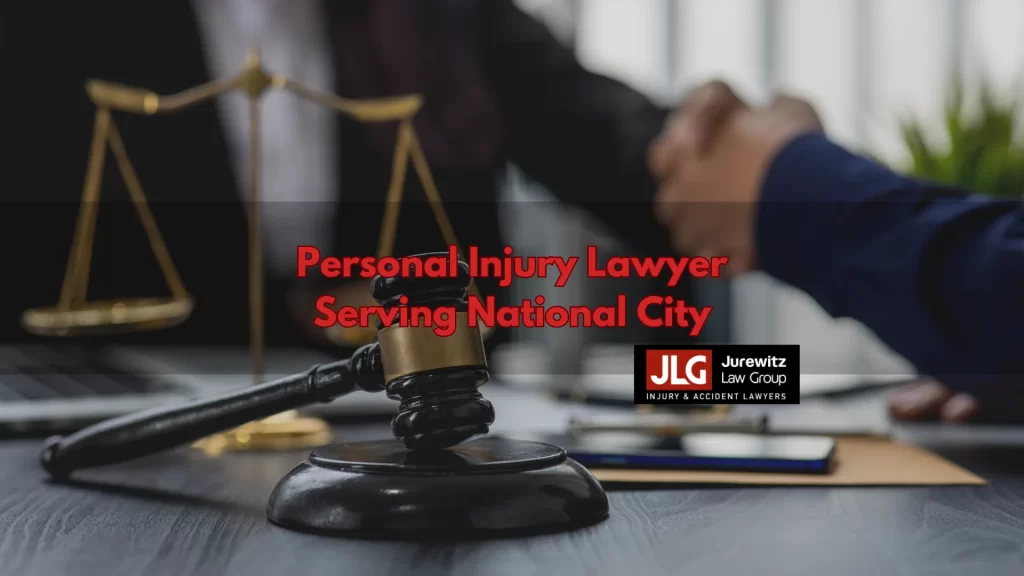Tort Finance: Revolutionizing Legal Battles
:max_bytes(150000):strip_icc()/tort-law.asp-final-6bae2a595d364c398cbfbe93efb46de4.png)
Introduction to Tort Finance
In the realm of legal battles, the financial aspect can often pose a significant hurdle for individuals seeking justice. However, the emergence of tort finance has revolutionized the landscape of legal funding, offering a means for plaintiffs to navigate complex legal proceedings without the burden of financial constraints.As disputes escalate and legal costs soar, this article dives into the intricate world of tort finance, unraveling its mechanisms, ethical implications, advantages, and challenges.
The Role of Tort Finance in Legal Cases
Financing Legal Battles
Tort finance emerges as a financial lifeline for individuals or entities unable to afford the exorbitant costs associated with lawsuits. It levels the playing field by providing resources to pursue cases against well-funded opponents.
Benefits and Drawbacks
While facilitating access to justice, tort finance isn’t devoid of criticisms. Its benefits in covering litigation expenses are counterbalanced by concerns over potential conflicts of interest, control over legal strategies, and the commodification of justice.
How Tort Finance Works
Process Overview
Tort finance involves a meticulous evaluation of cases by financiers, selecting those deemed viable for funding. Upon approval, funding is extended, covering legal fees, expenses, and potential risks, with a return on investment expected upon successful settlements.
Key Players and Their Roles
The process involves legal professionals, litigants, and financiers collaborating to navigate the complexities of legal battles. Their roles intertwine, shaping the outcome of cases and influencing the trajectory of litigation.
Ethical Considerations in Tort Finance
Moral Dilemmas
The ethical landscape of tort finance is riddled with dilemmas. Questions arise regarding the influence of financiers on legal strategies, potential exploitation of weaker parties, and the ethical boundaries of profiting from others’ grievances.
Regulations and Compliance
To address ethical concerns, regulatory frameworks governing tort finance are emerging, attempting to strike a balance between facilitating access to justice and safeguarding against potential abuse and ethical lapses.
Tort Finance Models
Different Approaches
Various models of tort finance exist, ranging from direct funding of lawsuits to providing insurance-like coverage against litigation costs. Each model caters to specific needs, contributing to the diversity within the domain.
Impact on Legal System
The influx of tort finance models has reshaped the legal landscape, influencing case strategies, settlement dynamics, and the overall approach to legal disputes. Its impact reverberates across legal systems worldwide.
Advantages of Tort Finance
Access to Justice
One of the primary benefits lies in democratizing access to justice, enabling parties with limited resources to pursue valid claims without fear of financial ruin.
Mitigating Financial Risks
For plaintiffs, tort finance acts as a safety net, mitigating the financial risks associated with pursuing lengthy and costly litigation, allowing them to focus on the legal merits of their case.
Challenges and Criticisms
Potential Abuse
Critics voice concerns over potential exploitation of weaker parties, excessive control exerted by financiers, and the ethical conundrums stemming from the commercialization of legal disputes.
Addressing Criticisms
Efforts are underway to address these criticisms, emphasizing transparency, ethical guidelines, and regulatory oversight to maintain integrity within the realm of tort finance.
Tort Finance in Different Legal Systems
Global Perspectives
Tort finance transcends borders, adapting to diverse legal systems. While some jurisdictions embrace it as a means of enhancing access to justice, others scrutinize its impact on the fairness and integrity of legal proceedings.
Regional Variances
The nuances of tort finance manifest differently across regions, shaped by cultural, legal, and economic factors, resulting in a spectrum of approaches and attitudes toward this practice.

Role of Tort Finance in Legal Cases
Providing Access to Justice
Tort finance serves as a crucial bridge, granting access to justice for those otherwise unable to afford the high costs of legal representation and litigation. This financial support enables individuals or entities with valid claims to pursue their cases through the legal system.
Risk Mitigation for Plaintiffs
Moreover, tort finance acts as a shield against the risks associated with litigation. It safeguards plaintiffs from shouldering the financial burden of legal expenses in the event of an unfavorable outcome, thereby reducing the fear of potential financial ruin.
Key Players in Tort Finance
Investors and Firms
Tort finance involves investors and specialized firms that provide the necessary capital to plaintiffs in exchange for a share of the settlement or judgment amount. These entities evaluate cases meticulously, choosing those with strong merits and potential for success.
Plaintiffs and Attorneys
For plaintiffs, tort finance presents an opportunity to level the playing field, allowing them to hire skilled attorneys and pursue cases that might have otherwise been financially unfeasible.
Ethical Considerations in Tort Finance
Controversies and Debates
Despite its merits, tort finance has sparked ethical debates. Critics argue that it could incentivize frivolous lawsuits or unduly influence legal strategies, raising concerns about transparency and fairness.
Regulatory Measures
To address these concerns, regulatory measures have been proposed and implemented in various jurisdictions, aiming to ensure transparency, protect the interests of litigants, and maintain the integrity of the legal process.
Benefits and Drawbacks of Tort Finance
Advantages for Plaintiffs
The advantages of tort finance are evident, particularly in cases where individuals or smaller entities face powerful adversaries. It allows them to pursue justice without bearing the financial risks alone.
Potential Downsides
However, potential downsides include higher costs for plaintiffs in successful cases due to the share of settlements or judgments allocated to financiers. Moreover, the influence of funders on legal strategies remains a point of contention.
Tort Finance: Case Studies
Impactful Cases
Notable cases exemplify the transformative impact of tort finance, showcasing how it has empowered individuals to challenge corporate negligence or seek recompense for damages incurred.
Success Stories
Several success stories highlight instances where tort finance has enabled deserving cases to navigate the legal system and attain favorable outcomes, setting precedents for justice.
The Future of Tort Finance
Evolving Trends
The future of tort finance is poised for evolution, with emerging trends indicating increased regulation and innovations in funding structures to address ethical concerns and expand access to justice.
Predictions and Possibilities
Predictions suggest a continued rise in the use of tort finance, albeit with refinements in regulatory frameworks, ensuring a balance between accessibility and ethical considerations.
Unique FAQs
- Is tort finance similar to a loan for legal cases?
- While it involves financial support, tort finance differs from a traditional loan as repayment is contingent upon the success of the case.
- Do all legal cases qualify for tort finance?
- No, not all cases meet the criteria for tort finance. Cases are rigorously evaluated for their merits and potential success.
- How much control do funders have over legal strategies in tort finance?
- Funders may have some influence, but regulations aim to ensure transparency and prevent undue interference in legal proceedings.
- Are there risks for plaintiffs in utilizing tort finance?
- While it mitigates financial risks, plaintiffs should carefully consider the terms and conditions, as higher costs might be incurred in successful cases.
- Can tort finance lead to an increase in frivolous lawsuits?
- While a concern, stringent evaluation processes and regulatory measures aim to discourage frivolous litigation.
Conclusion
Tort finance stands as a beacon of hope for individuals navigating the complexities of legal battles. While controversies persist, its potential to empower the pursuit of justice remains undeniable.



